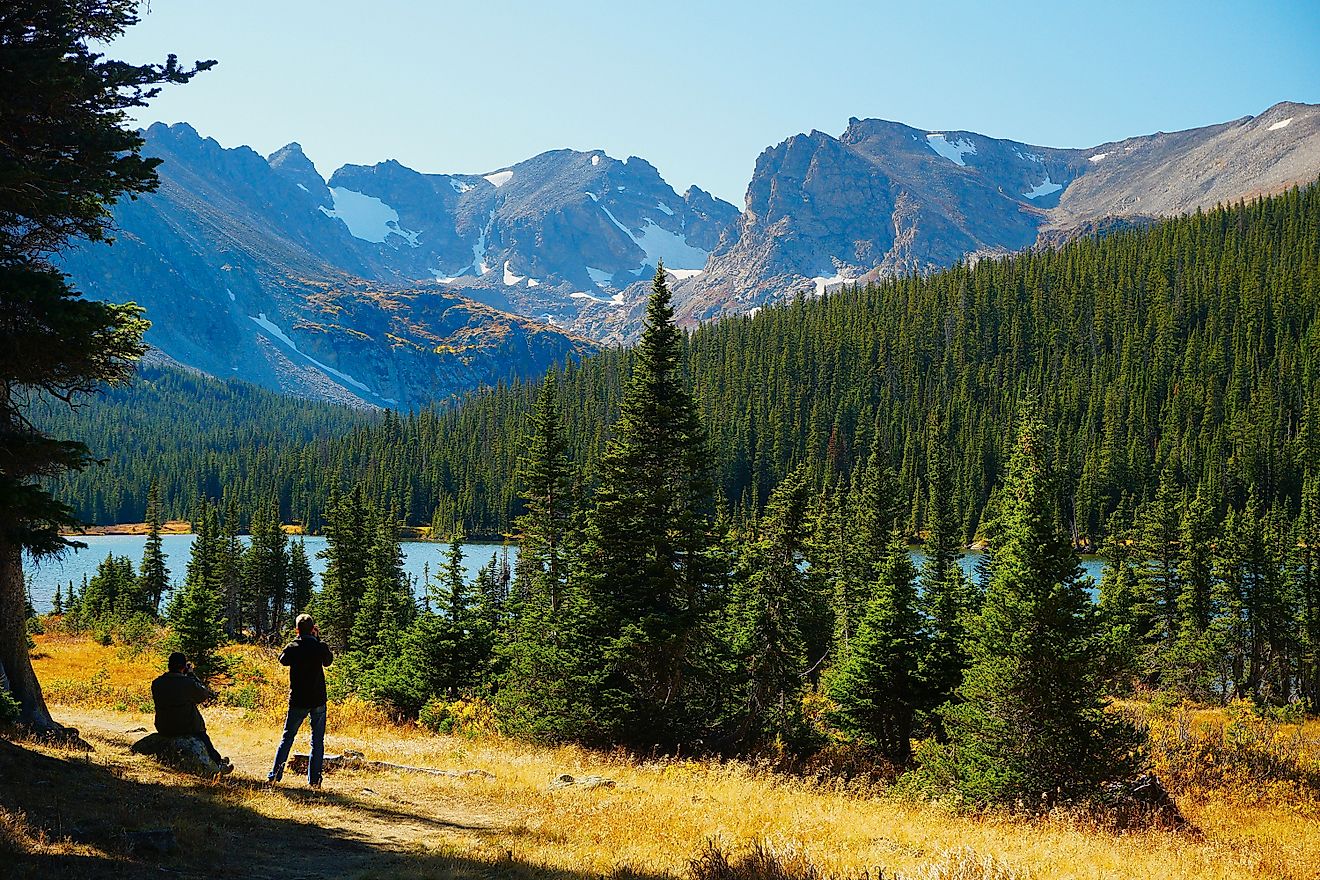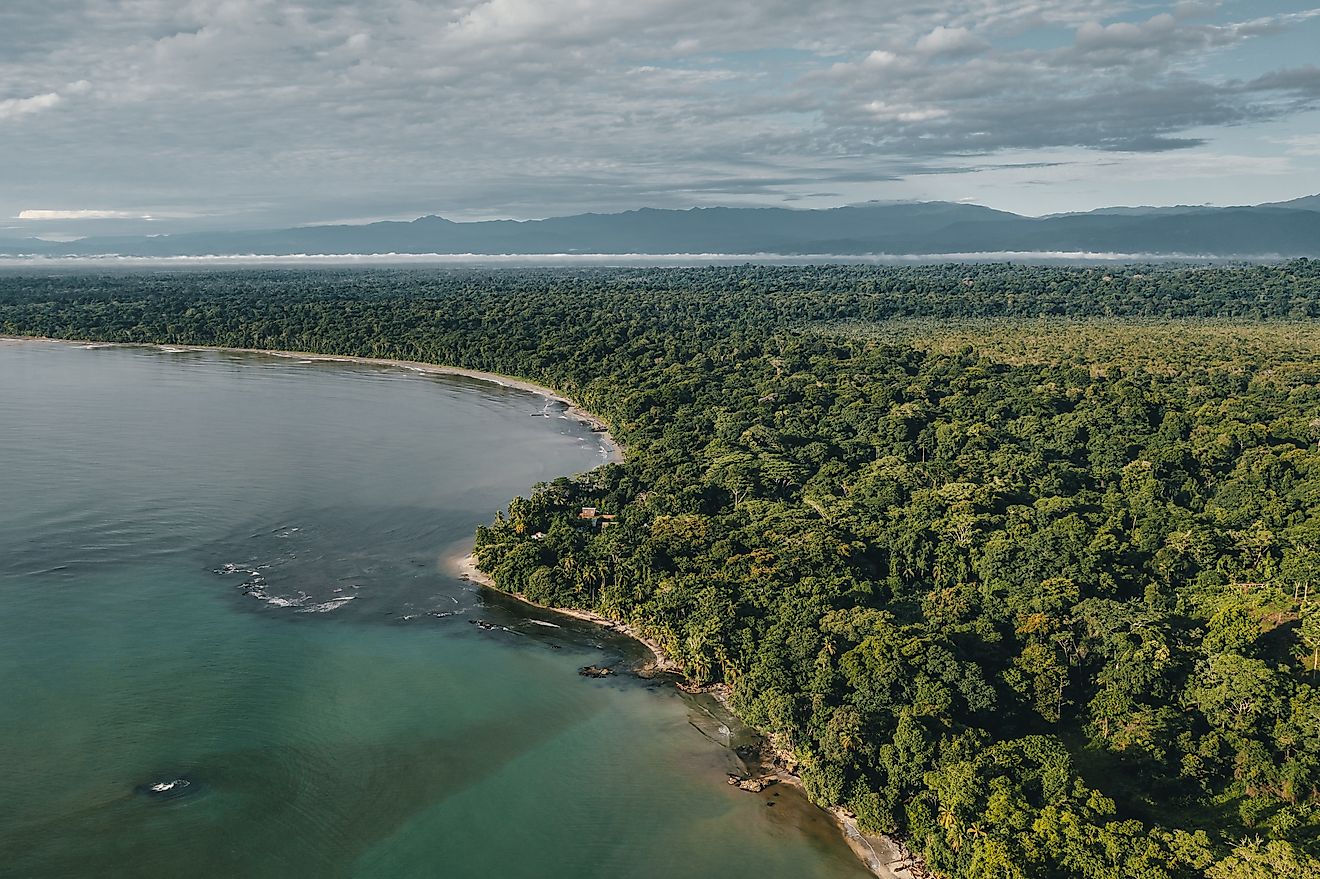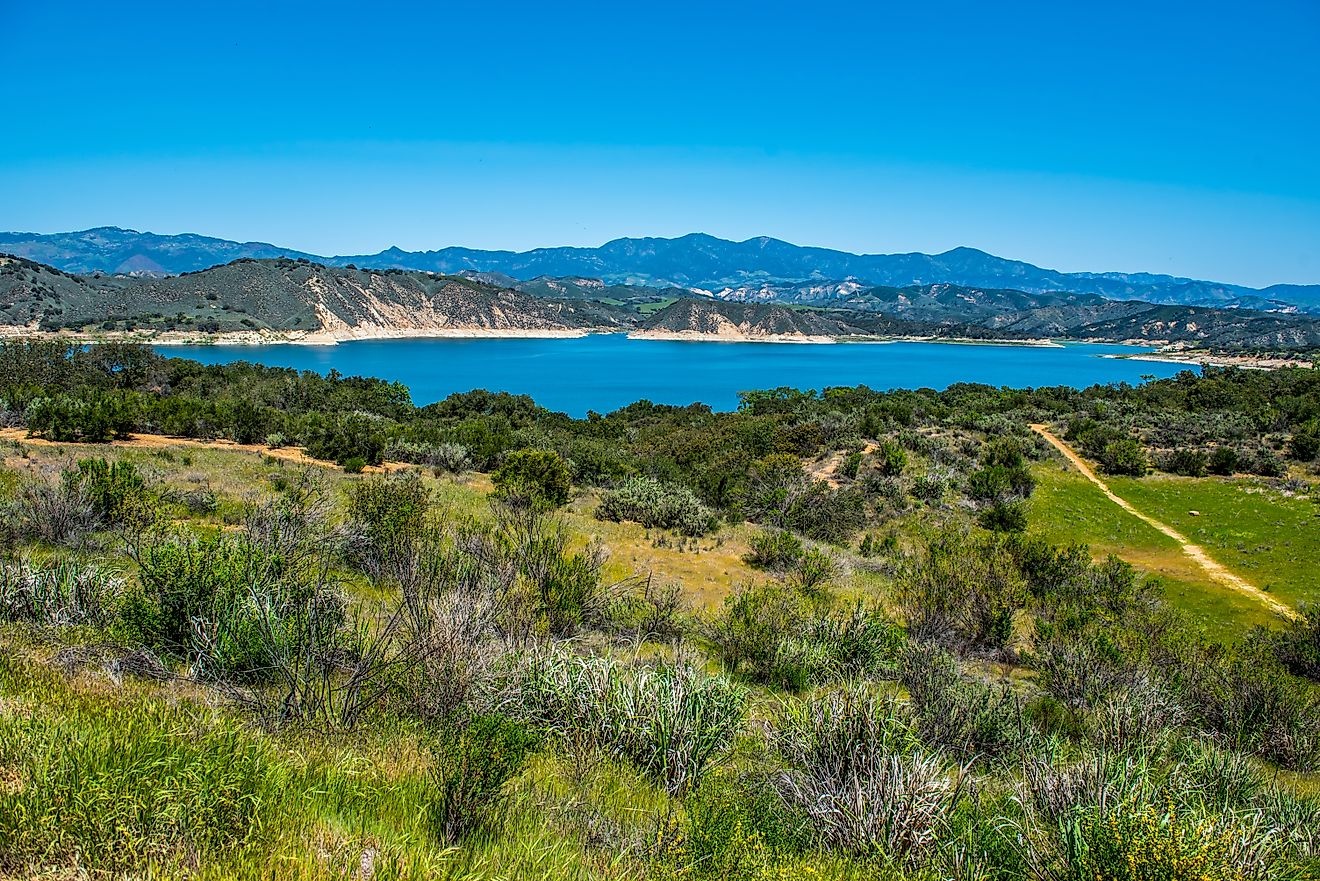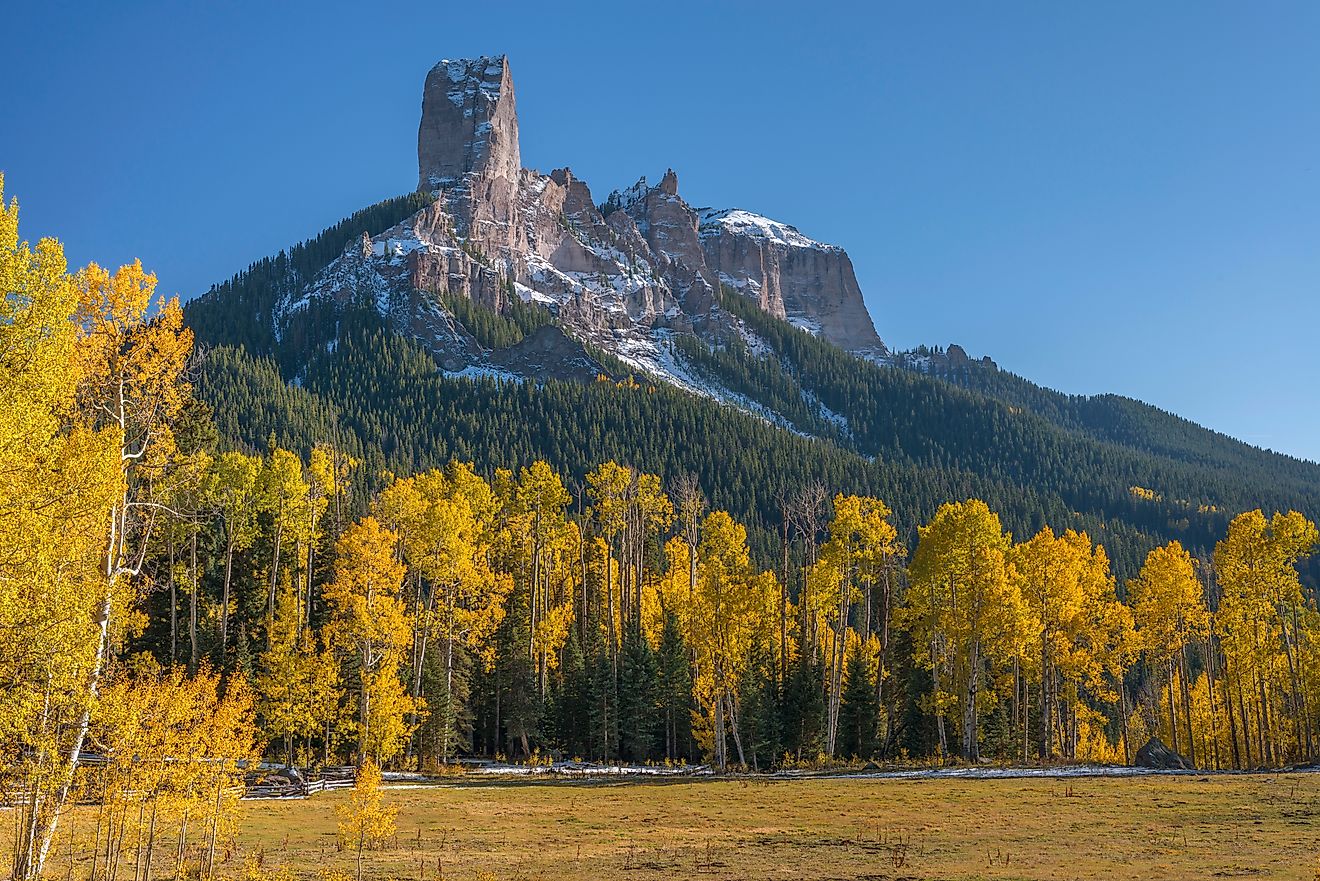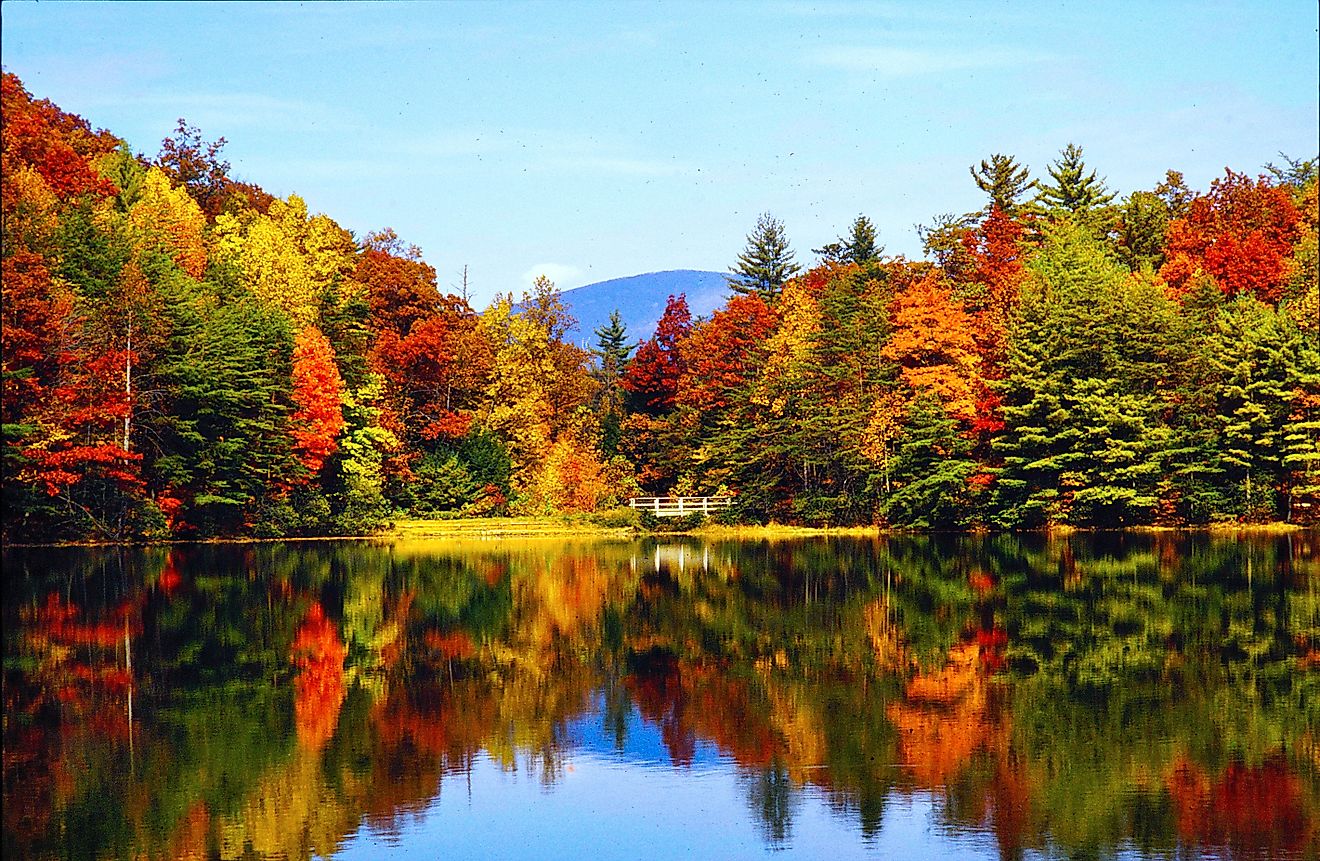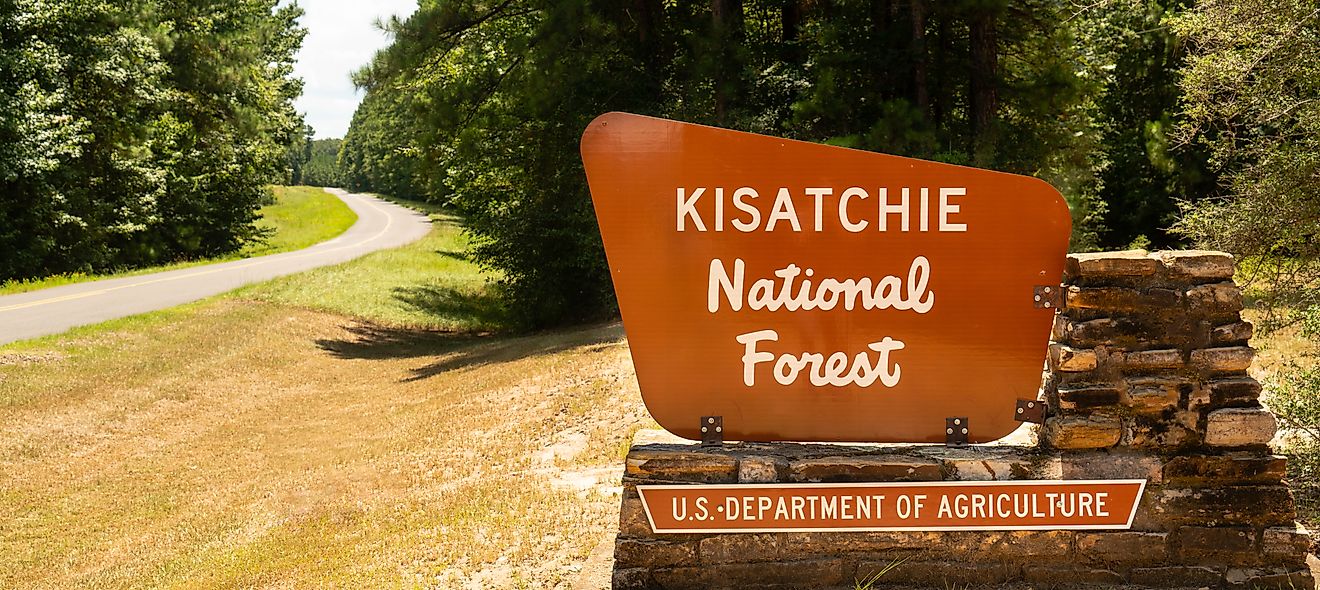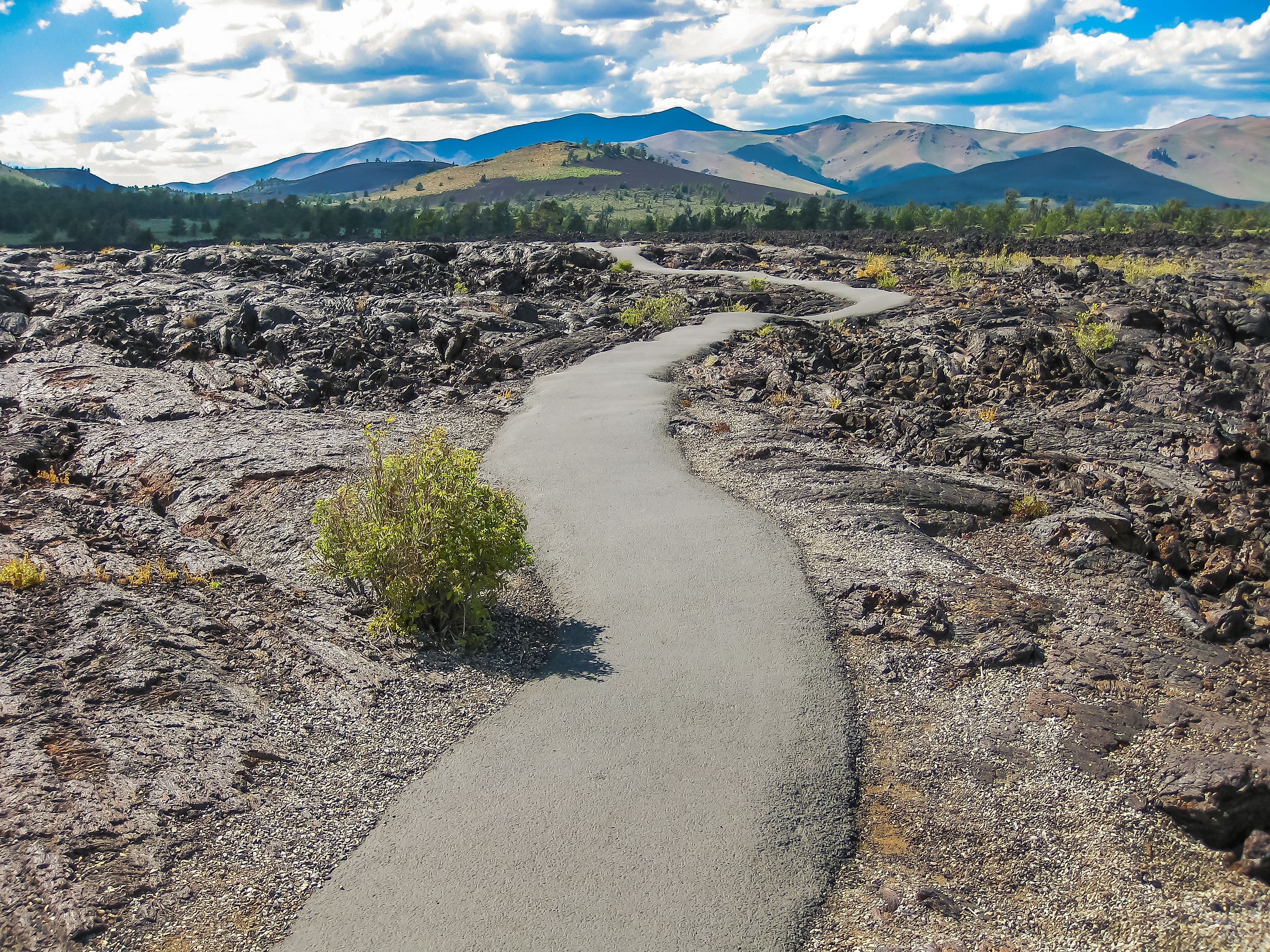
Craters of the Moon National Monument
Craters of the Moon National Preserve and Monument is situated within Idaho's Snake River plain in the United States. Established on May 2, 1924, it gained additional land through a presidential proclamation by President Bill Clinton in November 2000. In August 2002, the expanded area officially became part of the National Park Service's jurisdiction, enhancing the Craters of the Moon's scope and protection.
What Is The Craters of the Moon Park?

The preserve encompasses three primary lava fields and spans over 400 square miles of Sagebrush grassland, covering approximately 1,117 square miles in total. Within the monument's boundaries, there are over 53,571 acres of diverse terrain. Situated along Idaho's Great Rift, the three lava fields boast some of Earth's most prominent open rift cracks, including the deepest, which reaches about 800 feet deep. Encompassing 618 square miles of land, the lava field stands as the largest Holocene-aged basaltic lava field in the United States. It features more than 25 volcanic cones, including unique spatter cones, and showcases various types of basaltic lava and lava tubes among other geological wonders.
Habitat of the Park
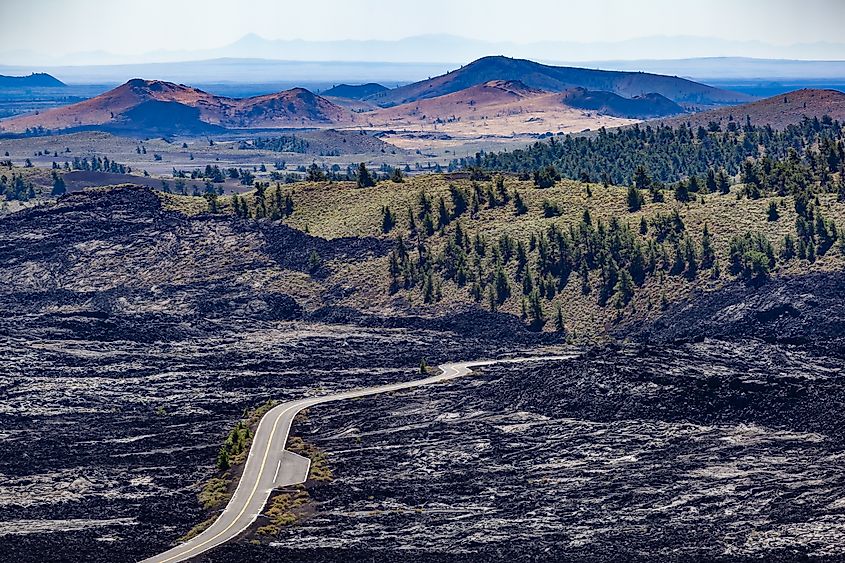
The monument exhibits numerous rugged, desolate lava flows that may initially suggest an inhospitable landscape devoid of life. Despite the sparse animal population, the area hosts several hospitable habitats capable of sustaining life. Among the typical habitats found here are::
Cinder regions
Around 2% of the monument is comprised of a cinder garden. Over time, as the soil evolves amidst the volcanic remnants, the shrub community transitions to be predominantly populated by antelope bitterbrush.
Lava flows
The presence of vegetation in this habitat hinges solely on the existence of soil. Soil is only found on the young basalt rocks where it has been blown into fractures and crevices. As it accumulates within these gaps, vegetation begins to take root. Deeper crevices provide shelter for plants, shielding them from the harsh environmental stresses induced by dry winds.
The Riparian
In the northern section of the monument, there are three types of vegetation cover: riparian, upland-quaking aspen, and mountain snowberry. Together, these covers span approximately 0.3% of the total landscape, offering vital habitat for wildlife. Quaking aspen primarily grows on upland sites, while mountain snowberries thrive on the north-facing slopes of the cinder cones along Cottonwood Canyon.
Kipukas
These are isolated pockets of vegetation that have formed on older lava flows, surrounded by newer lava flows. While some of these kipukas may have been impacted by fire or overgrazing, others are shielded by the rugged lava terrain. Dominant vegetation in these areas includes needlegrass, blue-bunch wheatgrass, and big sagebrush.
The older cinder fields and flows sustain a variety of plant communities, ranging from sagebrush steppe to wildflower gardens. The diverse lava deposits create a range of environments, including underground caves, cinder flats, rugged formations, deep crevices, and exposed rocks, which support a wide array of wildlife species.
The Uniqueness of Craters of the Moon

The distinctive hardened lava flows shaping the park's lava fields vary in age from 15,000 to 2,000 years old. Both the Wapi and Kings-bowl lava fields date back approximately 2,200 years. Within the monument are several remarkable lava tube caves, including Indian Tunnel, Big Cinder Butte— one of the largest pure basaltic cinder cones worldwide — and the Blue Dragon Flow. Additionally, the monument features hundreds of smaller kipukas scattered throughout.
Tourism to the Park
The monument stands as one of Idaho's most visited destinations, offering a wealth of natural attractions for all to relish. The visitor center provides various publications and exhibits detailing the monument's history, along with a short film delving into the region's geology. Visitors can explore an array of natural features, including Devil's Orchard, tree molds, craters, spatter cones, and venture into the cave region. The caves, located approximately half a mile from the parking area, include Beauty, Dewdrop, and Boy-Scout Caves, among others.
Threats to the Park
The volcanic field within the monument comprises a polygenetic assemblage of lava flows, indicating multiple eruptions over time. Despite a dormancy of over 2,000 years, the crater remains active. A potential eruption could exhibit various eruption styles, ranging from gentle outpourings to high lava fountains, posing a threat to nearby farms and resulting in significant property loss. The three national highways traversing the monument could be impacted in the event of an eruption. If an eruption were to occur on the northern side of the Great Rift, the population and infrastructure of the national monument would be at risk, underscoring the importance of immediate evacuation at the first signs of volcanic activity.
| Rank | Unique Places Entity |
|---|---|
| 1 | Description |
| 2 | Habitat |
| 3 | Uniqueness |
| 4 | Tourism |
| 5 | Threats |
